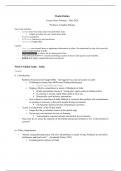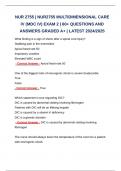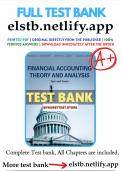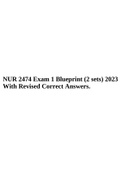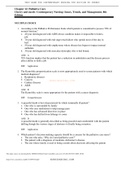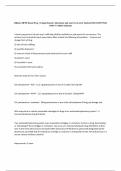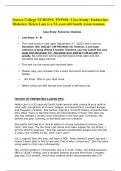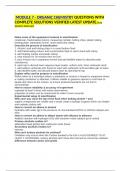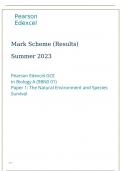Lecture notes
World Politics Class Notes and Reading Summaries (2024) Extensive and Detailed: Part 2/2 including Weeks 6-12
- Module
- Institution
A detailed summary of notes from all information from lectures, slides, and class discussion, as well as additional information that provides context and facts about all information on slides. Reading summaries for the assigned readings of each week, as well as takeaways, reflections, and conclusio...
[Show more]
